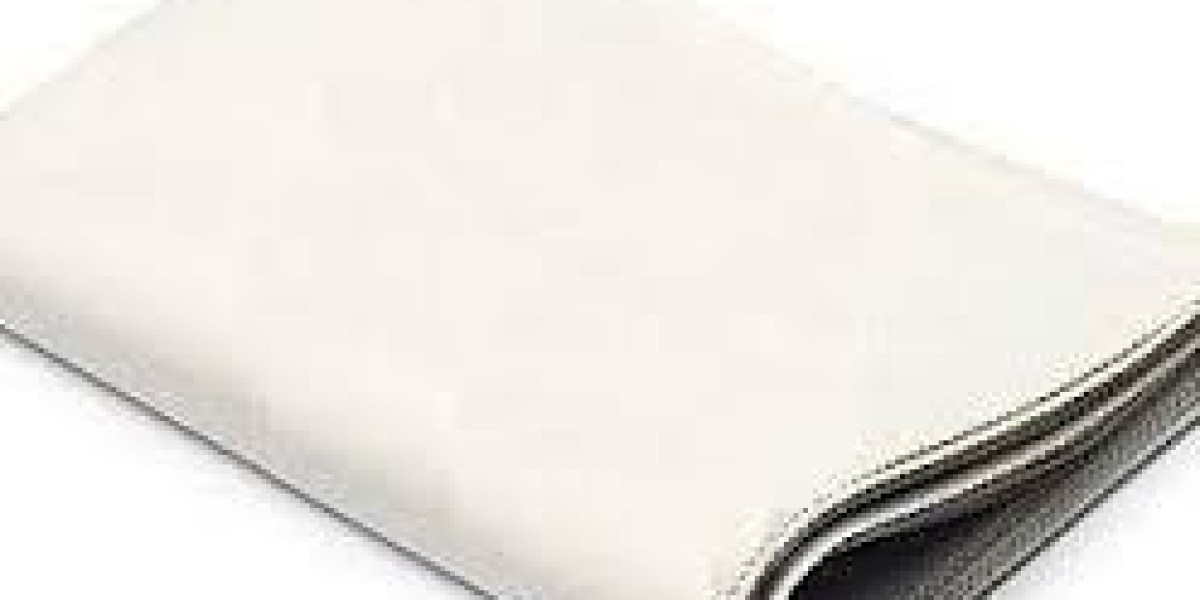Why are LED lights more energy efficient than traditional incandescent, ESL?
The aerosolized biological particles fluoresce and scatter gentle beneath a UV LED mild. This provides a quick, accurate, and environment friendly way to detect organic brokers as the method doesn’t require the utilization of a reagent to supply a visual reaction. Because of LED lighting expertise, biological agent detection won’t require consumables, nor will it produce chemical byproducts. For nearly each incandescent bulb nonetheless in use today, there’s a CFL or LED light bulb that may replace it—saving power and curbing carbon emissions. If you still have incandescents at work or house, it’s time to send them again to the Dark Ages. Halogen lights are a more environment friendly form of incandescent lighting as a end result of they last more; nonetheless, they get hotter than regular incandescent bulbs and pose fire and burn hazards.
Unlike their fluorescent fixture counterparts, LED lights impressively convert a staggering 95% of their energy into gentle while dropping solely 5% as heat. This outstanding energy saving function significantly lowers power consumption, making certain a strong and constant output at a decreased wattage. One of the major advantages of LED lights is their vitality efficiency, which directly contributes to a reduction in carbon footprint. LED lights consume much much less power compared to incandescent bulbs, leading to lower greenhouse fuel emissions. This is because LED lights use a semiconductor to transform electricity into gentle, whereas incandescent bulbs produce mild by heating a filament. The energy-saving nature of LED lights makes them a sustainable choice for lighting technology.
 Cons of CFLS
Cons of CFLS Let’s take a look at how one can save vitality in your home by switching to Lâmpada led para cultivo indoor bulbs. From the chart, running the incandescent bulb for a year will value you about double what you’d have incurred should you invested in a LED. Even when you use the bulb for 50,000 hours, you will solely spend $5 on the bulb and $1.58 on electrical energy over a 12 months. In distinction, a house utilizing nine-watt LED bulbs would devour solely 262.eight kWh of power (0.72 kWh • 365). So, pick a pen, paper, and, um, a calculator, and let’s dive right into the depths of vitality effectivity. We also intend to discuss the scientific rules behind LED expertise, getting you able to see lighting effectivity in a whole new means.
Which is More Energy Efficient, LED or Fluorescent?
LED lighting has relatively excessive preliminary prices and low lifetime costs. The technology pays the investor again over time (the payback period). The main payback comes primarily from decreased maintenance prices over time (dependent on labor costs) and secondarily from energy effectivity enhancements (dependent on electricity costs). The first sensible use of LEDs was in circuit boards for computer systems.
LED Lights Are Energy Efficient
In summary, LED lighting is the superior alternative in almost every aspect when compared to fluorescent lighting. Its long-term benefits in power savings, sturdiness, and environmental friendliness outweigh any initial price variations. Embracing LED know-how means embracing a brighter, more sustainable future. According to ENERGY STAR, LEDs use only 20% – 25% of energy in comparison with conventional bulbs.
Harmful Effects of LED Lights
In this text, we'll compare LED lights and incandescent bulbs when it comes to power consumption, heat production, and lifespan. The inefficiency of incandescent bulbs is obvious when considering their power consumption. These bulbs require a appreciable amount of electrical energy to produce a given amount of light, leading to higher electricity payments and elevated environmental impact. The longevity of the light bulb is another price financial savings accrued with LED. Unlike traditionally used incandescent or CFLs, LED bulbs do not really burn out fully.
Todas y cada una de las llaves de luz, o mucho más conocidas sencillamente como interruptores, funcionan con tres cables distintos, los llamados cable de fase, neutro y de tierra. Que son capaces de regular el color de la luz haciendo que las plantas absorban profundamente las partes del espectro que más necesiten. Por ejemplo, los colores azules y rojos son beneficiosos para producir la fotosíntesis. Mientras que los escenarios más concentrados de luz verde promueven el desarrollo. Un interruptor de luz unipolar normalmente cambia la fase (L) en la línea a la lámpara de techo.




